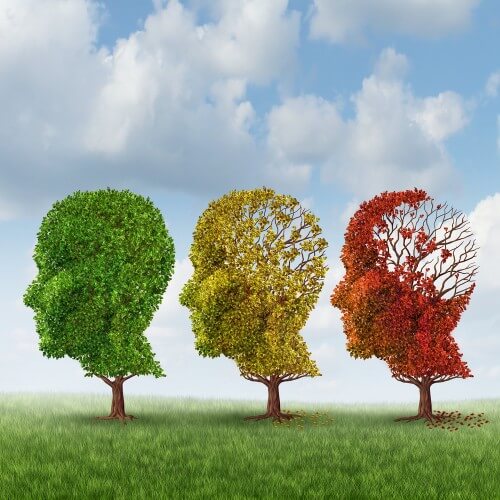The centers will be headed by Prof. Haim Cohen, one of the world's leading researchers in the study of aging. will allow the return of young scientists from abroad.

At Bar-Ilan University, the Center for Preclinical Experiments and the National Metabolism Research Center, which is part of the icore Center of Excellence for Complex Diseases, were inaugurated yesterday.
The Center for Preclinical Experiments and the National Center for Metabolism Research will actually form one complex that will operate in a new, sophisticated building equipped at the highest technological level. The laboratory animals are mice used for the most advanced studies in the study of diseases such as cancer, heart disease, aging, neurodegeneration (Parkinson's and Alzheimer's, diabetes, obesity, etc.) The place is made up of completely sterile clean rooms, similar to high-tech clean rooms. They include imaging systems Center for the study of behavior led by Dr. Eitan Okon, recovery rooms and more.
The National Metabolism Research Center is, as mentioned, part of the National Center of Excellence for Complex Diseases, one of the 16 centers of excellence (out of the planned 30) established so far by the Council for Higher Education according to the government's decision. The head of this center, which has been operating for two years now, is Israel Prize laureate Prof. Haim Sider from the Hebrew University, and its partners are the Hebrew University, the School of Medicine at Tel Aviv University, Hadassah Hospital, Bar-Ilan University and Shiba Hospital. Each institution has its own field of specialization related to the study of complex diseases.
The center in Bar Ilan will specialize in the study of metabolism down to the levels of individual cells and will be available to researchers from all over the country. For the purpose of the advanced research, the Bar-Ilan center's laboratories were equipped with expensive equipment, such as MRI and NMR imaging systems that allow the imaging of a whole animal, as well as tests, such as the ratio of fat to muscle, etc.
Another device is in the SEA HORSE, which allows tests at the level of individual cells. Another unique piece of equipment is the "metabolic cages" - these are eight cages equipped with sensors that are connected to a computer and measure the amount of food a mouse eats, the type of food it eats, the amount of liquid it drinks, it checks the ratio between oxygen and carbon dioxide in the cage continuously, an important figure that teaches the mouse's energy source Choose to use - fats or sugars. Running tracks were also installed in the cages on which the mice run and check various parameters in the activity of their body systems during physical exertion and more. It should be noted that some of this equipment is exclusive and exists only in Bar-Ilan and is available to researchers from all universities. The total investment in the National Center for Metabolism amounts to about ten million shekels. Eight million shekels - money from Bar-Ilan University and donors and the balance money from TT.
To mark the inauguration of the centers, a special symposium was held at the Nanotechnology Center, organized by the elected dean of the Faculty of Life Sciences, Prof. Shulamit Michaeli. The symposium opened with a farewell ceremony for the outgoing president of the university, Prof. Moshe Koa, who was greeted by Prof. Yigal Cohen, the winner of the Israel Prize, Prof. Uri Nir, the outgoing dean of the Faculty of Life Sciences. Prof. Kua thanked his well-wishers. Prof. Michaeli submitted to Prof. Ko Shay on behalf of the faculty: a huge photograph of a starfish.
